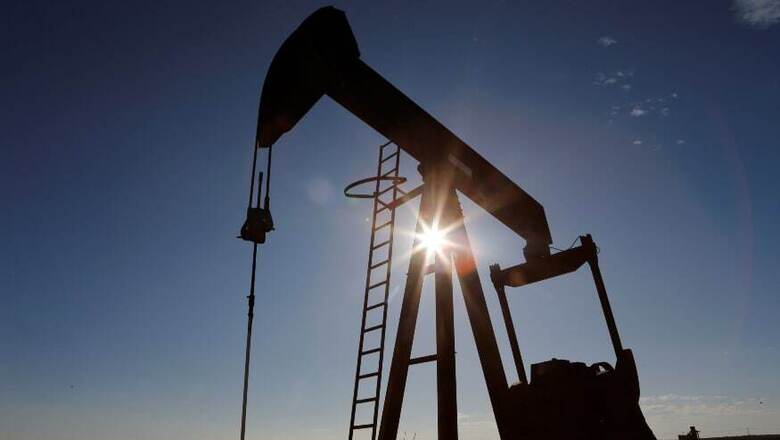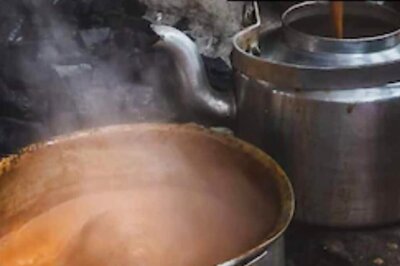
views
India has saved Rs 5,000 crore in foreign exchange after it capitalised on the global low oil prices to fill its underground strategic oil storage to shore up insurance against any supply or price disruption, the Petroleum Ministry said on Wednesday.
While the 5.33 million tonnes of emergency storage -- enough to meet India's oil needs for 9.5 days -- was built in underground rock caverns in Mangalore and Padur in Karnataka and Visakhapatnam in Andhra Pradesh by the government, state-owned oil firms were in April asked to buy import oil when global rates fell to a two-decade low.
"Taking advantage of low crude prices due to the COVID-19 situation, India filled its strategic reserves to full capacity," the ministry said in a tweet adding this led to a forex saving of Rs 5,000 crore.
Oil prices globally had slumped after coronavirus pummeled demand.
The storages at Mangalore and Padur were half-empty and there was some space available in Vizag storage as well. These were filled by buying oil from Saudi Arabia, the UAE and Iraq.
The ministry said crude and LNG sourcing has been further diversified to strengthen India's energy security.
Indian Oil Corp (IOC), the nation's largest oil firm, in 2019-20 entered into a long-term contract for sourcing crude oil from the USA.
It also signed a first-ever term contract for importing 2 million tonnes of Urals grade crude oil from Rosneft of Russia in 2020, the ministry.
"First Russian cargo of 2 million barrels under the contract was received by IOC at Paradip on April 8, 2020," it said.
In just over two years, bilateral hydrocarbon trade with US increased from almost negligible in 2017 to 11 per cent of total two-way trade, it said. "US is the 6th largest source of crude oil imports while India has become the 4th largest export destination for the US crude."
It, however, did not give details.
The Strategic Petroleum Reserve entity of India (ISRPL) built the underground storages at Mangalore and Padur in Andhra Pradesh and Visakhapatnam in Andhra Pradesh as insurance against supply and price disruptions.
Mangalore storage has a total capacity of 1.5 million tonnes. Of this, half had previously been hired by Abu Dhabi National Oil Co (ADNOC) to store its crude oil. The remaining half was in April/May filled by oil brought by state-owned oil firms.
Padur, the biggest of the three storages, has a total capacity of 2.5 million tonnes (about 17 million barrels). ADNOC had in November 2018 signed up to hire half of this capacity but never actually stored oil in it. At present, government-sourced crude fills up half of the Padur capacity, and the remaining 1.25 million tonnes of crude oil has now being sourced from Saudi Arabia.
The 1.33 million tonne Visakhapatnam storage has a small amount of unfilled space which was filled with Iraq crude oil.
While the oil to be stored in the three caverns will belong to the government, the government isn't paying for it.
State-owned Indian Oil Corp (IOC), Bharat Petroleum Corp Ltd (BPCL) and Hindustan Petroleum Corp Ltd (HPCL) as well as Mangalore Refinery and Petrochemicals Ltd (MRPL) were asked to source oil from the Middle-East countries for storing the caverns, sources said, adding the government will reimburse them of this cost at a later date.
India meets 83 per cent of its oil needs through imports. Its refiners maintain 65 days of crude storage, and when added to the storage planned and achieved by ISPRL, the Indian crude storage tally goes up to about 87 days. This is very close to the storage of 90 days mandated by IEA for member countries.




















Comments
0 comment